Waterproof jackets fall into two camps: cheap crisp packets which make you sweat, or expensive crisp packets that don’t. The Frontier Futurelight lightweight waterproof jacket from The North Face fits into the latter category: it compresses down to half the size of a Nalgene, and keeps you dry both inside and out - but for a price. Here, we find out if the cost is worth it.
The Frontier Futurelight is remarkably waterproof for something that weighs just 295g (that’s about the weight of a three-week old kitten, for reference). It stashes away into its own pocket in your pack, barely taking up any room.
Yet, it does the job fantastically when you get caught in one of those pesky summer downpours oh-so-common in the UK’s mountain areas, remaining breathable and comfortable even on the wettest, sweatiest uphills. It’s also unobstructive in terms of feel, gliding over layers with a gossamer style stretch fabric, which feels barely-there when worn. The price tag, however, reflects this performance: it’s £360 of your hard-grovelled pounds, so let's get into some more details of what that actually gets you.
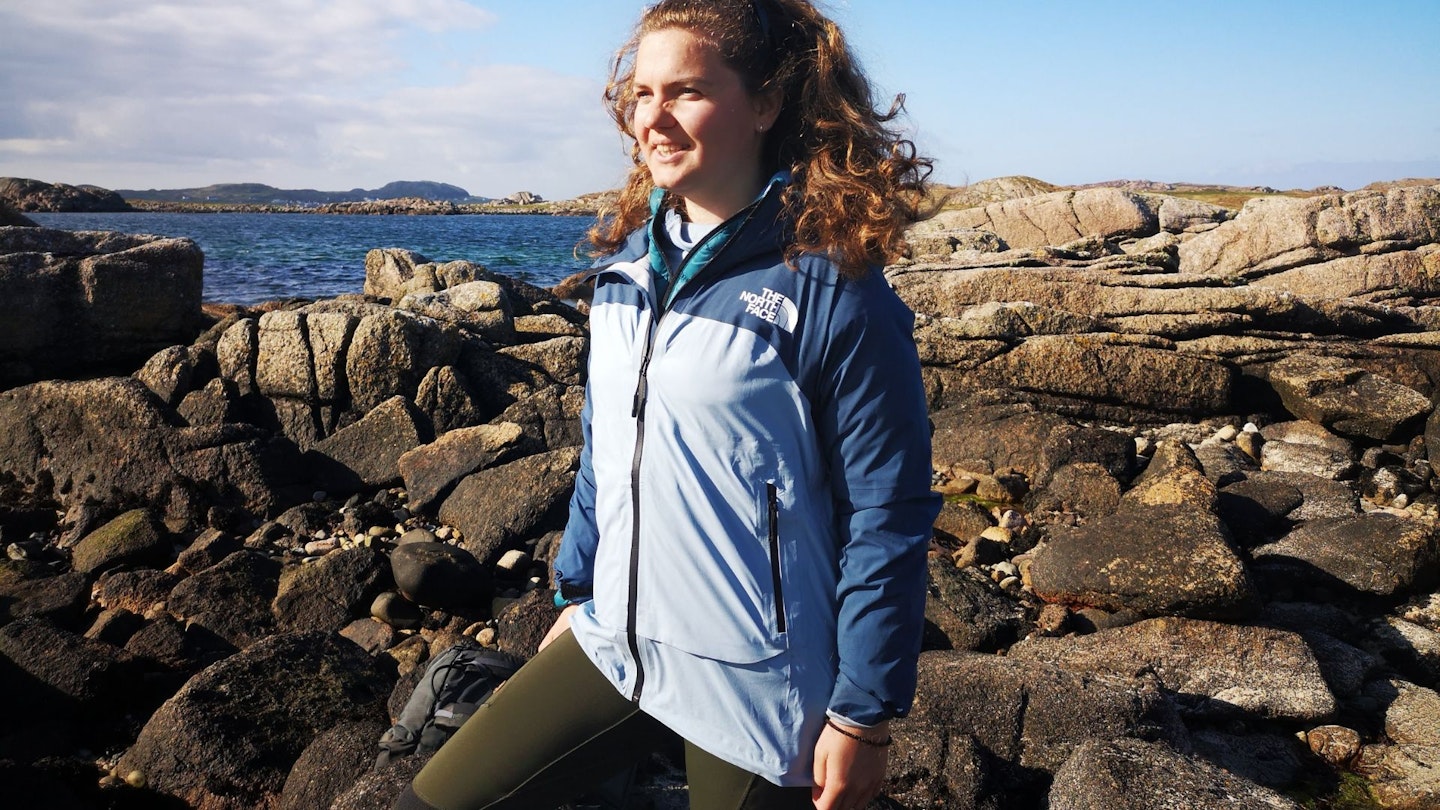 LFTO
LFTOwww.thenorthface.co.uk
Pros
- Incredibly breathable
- Very waterproof
- Small pack size
- Lightweight
Cons
- High performance commands a premium price
- Somewhat ineffective pit zips
| Weight | 295g (Size small) |
| Fabric | 3-layer FUTURELIGHT 100% recycled polyester w/ PFC-free DWR |
| Men's sizes | S - 2XL |
| Women's sizes | XS - 3XL |
Fit
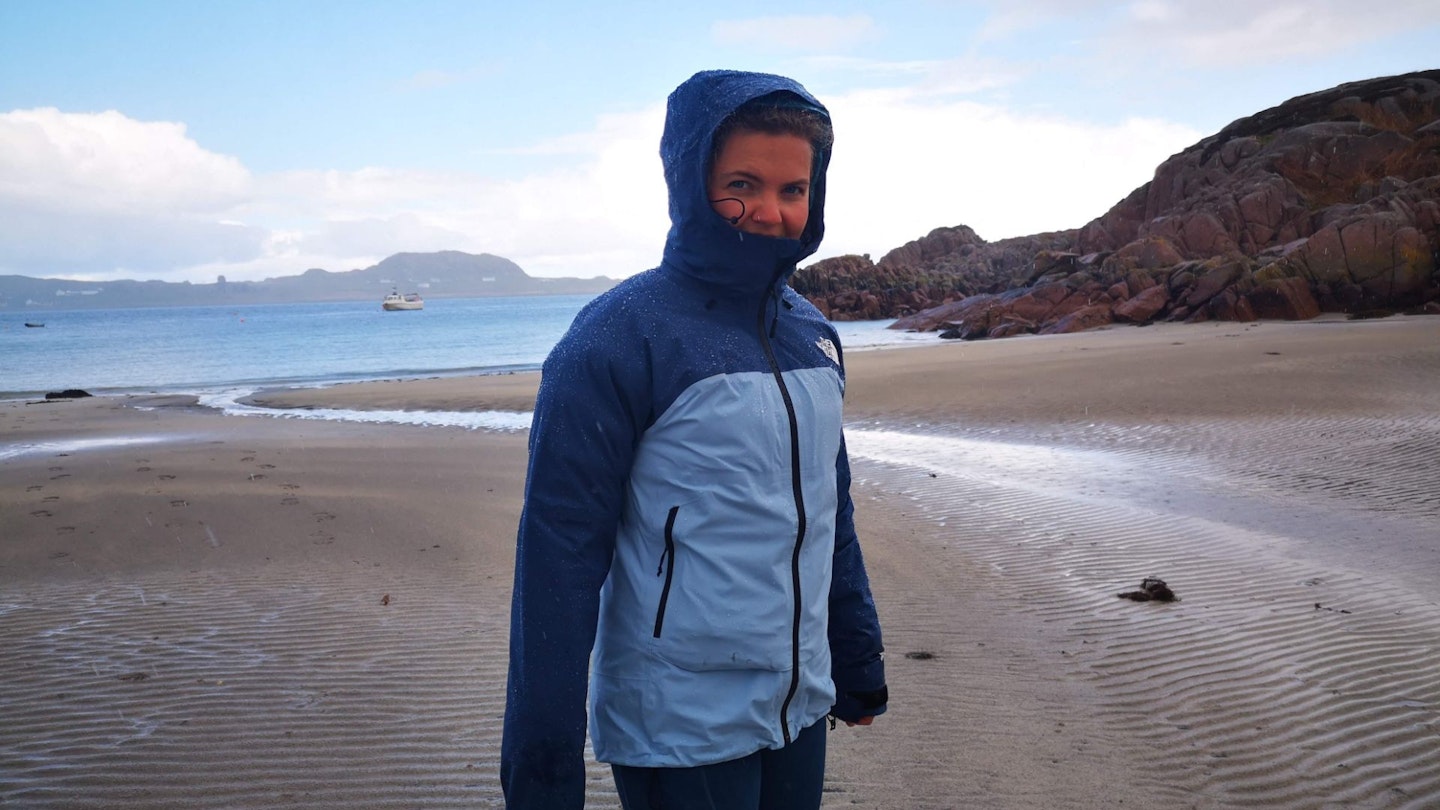
The fit for this jacket isn’t especially slim or baggy; it’s midsized all the way round, with enough space underneath to layer a small puffer jacket or other similar insulating garment. We found it to be a little baggy around the chest and torso without layers underneath, and overall the hem came up a little longer than we’d expect for most lightweight waterproofs - but this is actually an advantage seeing as you’re less likely to get a wet bum in wet weather due to the dropped hem at the back.
Features
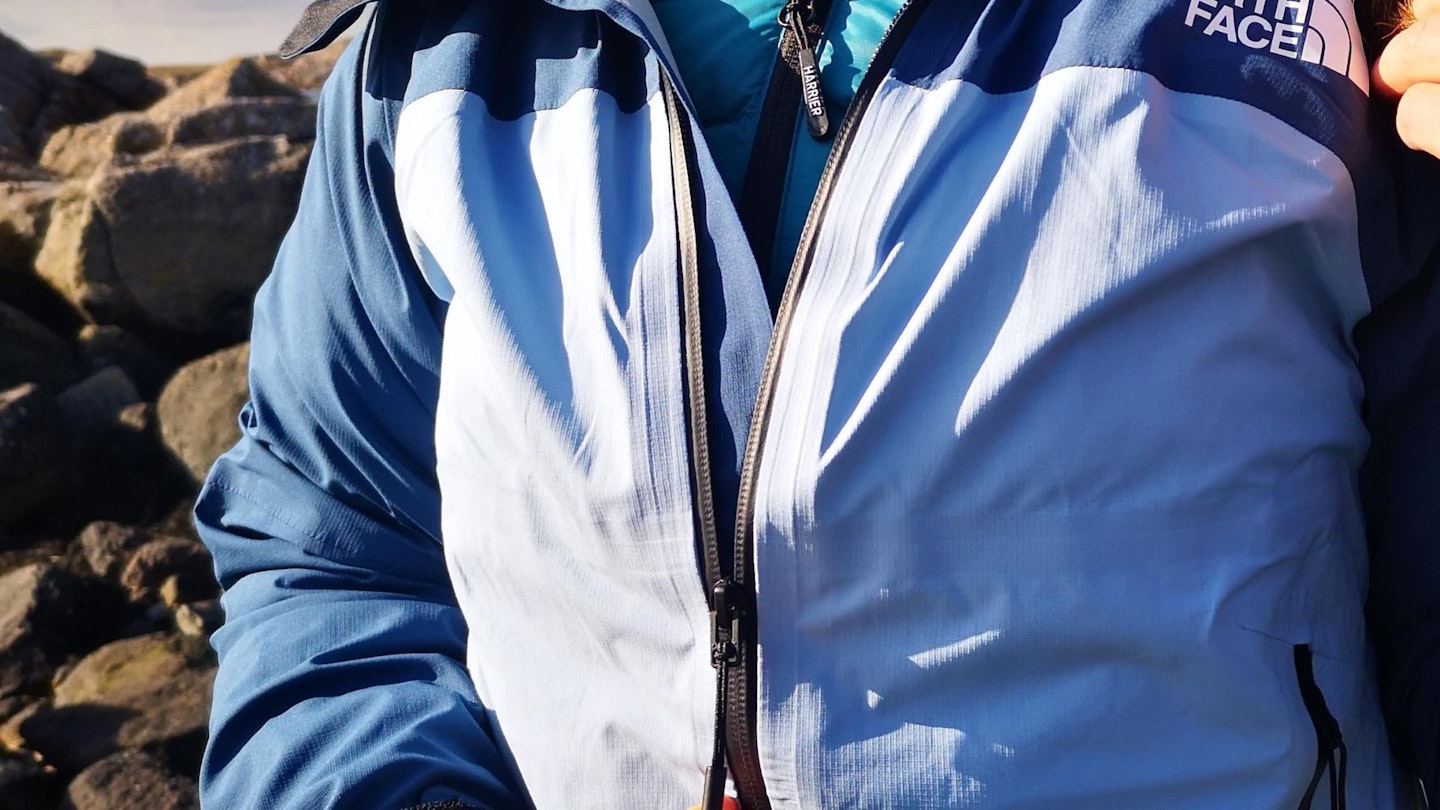
For 295g, you get an awful lot of features with the Frontier, especially when compared to its more stripped back competitors of the same weight. There’s a peaked hood with a two-way drawstring, cinching everything in to keep your face protected from wind and rain, plus two drawstrings on the bottom hem.
The Velcro sleeve cuffs are strong and effective at keeping rain and water out, as are the laminated zips. We also like the mesh inner dump pockets, which are great for gloves, phones and keys - or anything else you want to keep supremely warm and dry.
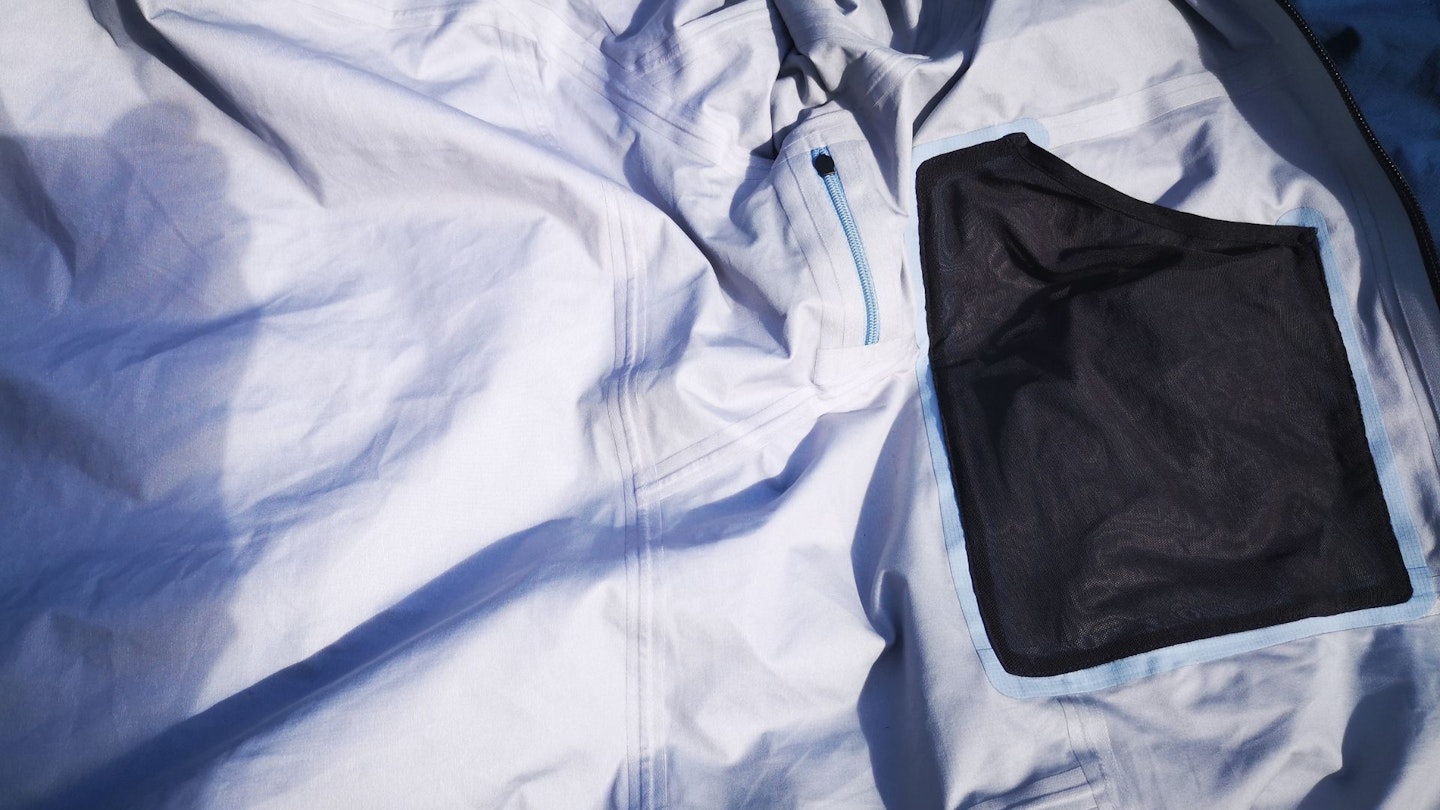
You get two slightly laughable pit-zips - we’re not sure on the effectiveness of these, to be honest, as they’re only about two inches wide and they’re covered with a storm flap anyway, but that’s more than made up for by the exceptional breathability of the Futurelight fabric, which is the feature that makes the most difference.
Fabric

The main USP of this jacket is the fabric. The North Face have eschewed the more popular Gore-Tex or Pertex membranes and have arrived on the scene with its own breathable, three layer waterproof fabric made from nanospun polyurethane fibres.
It's called FUTURELIGHT and well, it seems to work brilliantly. We’ve tested this jacket out for long walks in the rain (in the spring in Scotland, there’s not many other options) and it has kept us wonderfully comfortable underneath, with fantastic breathability, and of course, completely dry from above too. The non-PFC DWR treatment does a cracking job of beading up that water so it runs off completely.
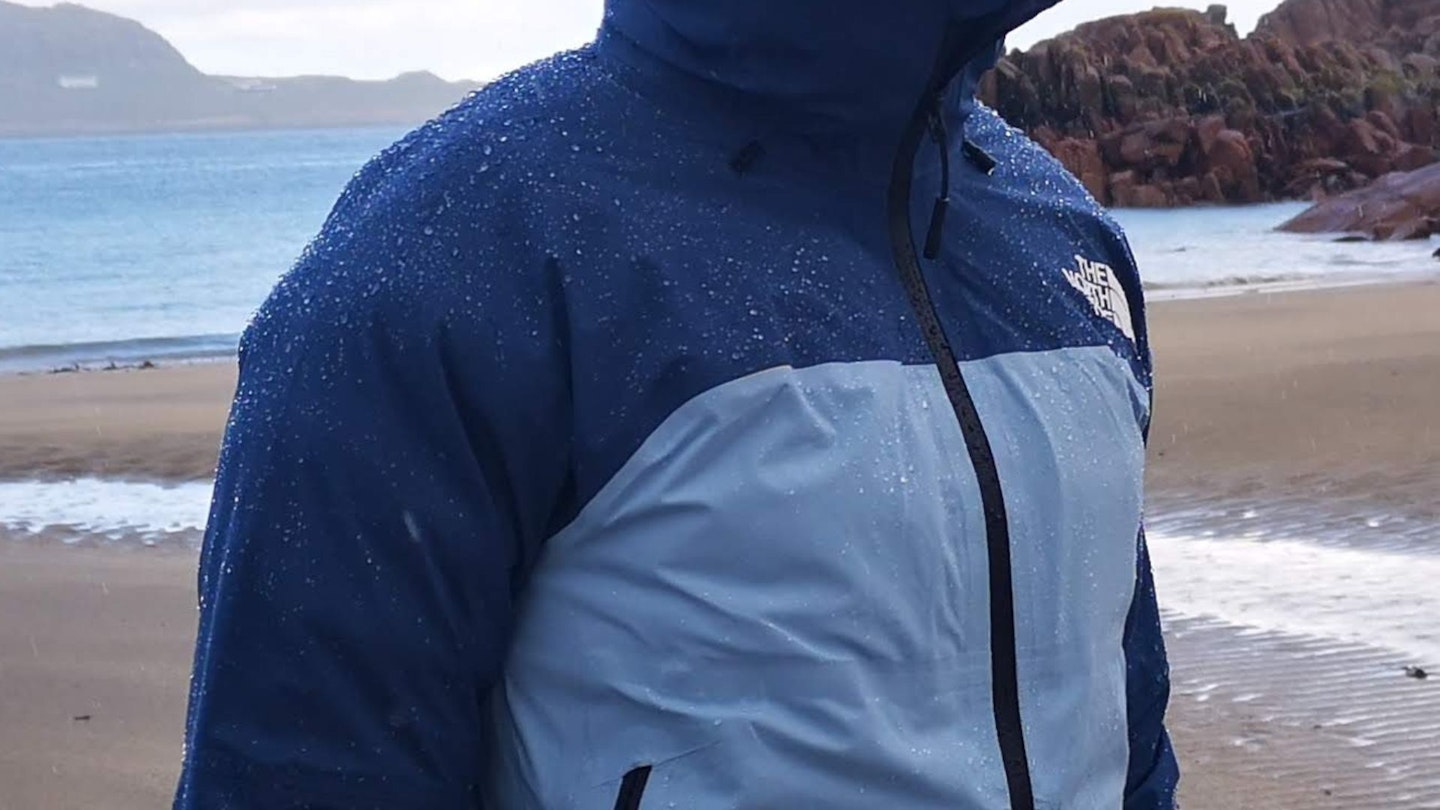
The fabric itself also feels very different to other jackets in a similar niche. The frontier feels almost softshell-like, with a flowing, gossamer texture which is nothing like the crisp crinkle of other DWR coatings. Not that it’s hugely important when choosing a jacket, but we’ve found that there’s very little in the way of creasing even when it’s been stored in it’s own pocket for a large amount of time.
Sustainability and ethics
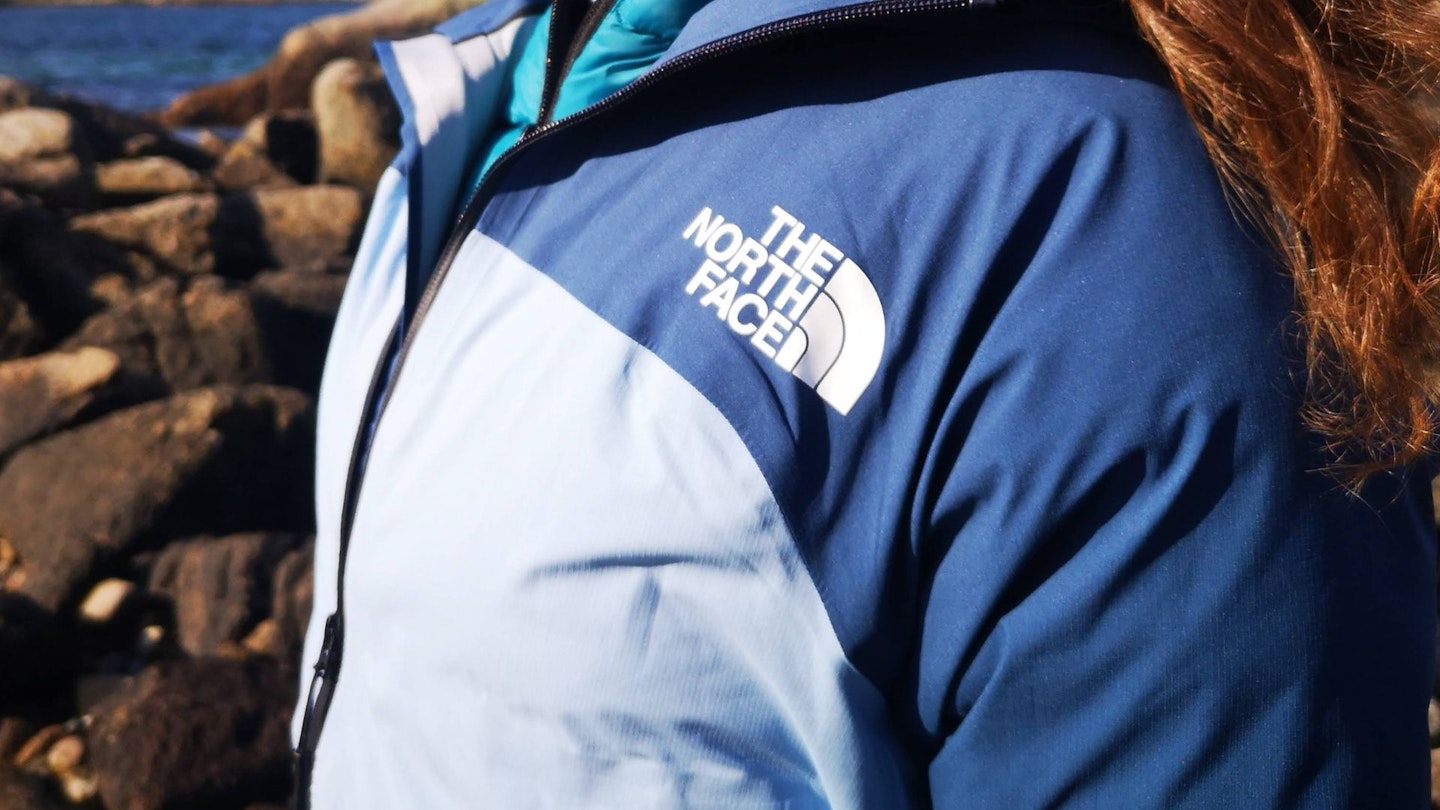
Of the three layers, the body fabric of polyester ripstop is 100% recycled; we’d have liked to have seen some more recycled nylon or elastane in the other parts of the jacket, but it’s not a bad score overall. The DWR treatment is free of harmful chemicals which bio-accumulate, and The North Face is committed to continuously evaluating manufacturing processes to ensure thorough sustainability practices are being met.
Price, competitors and performance
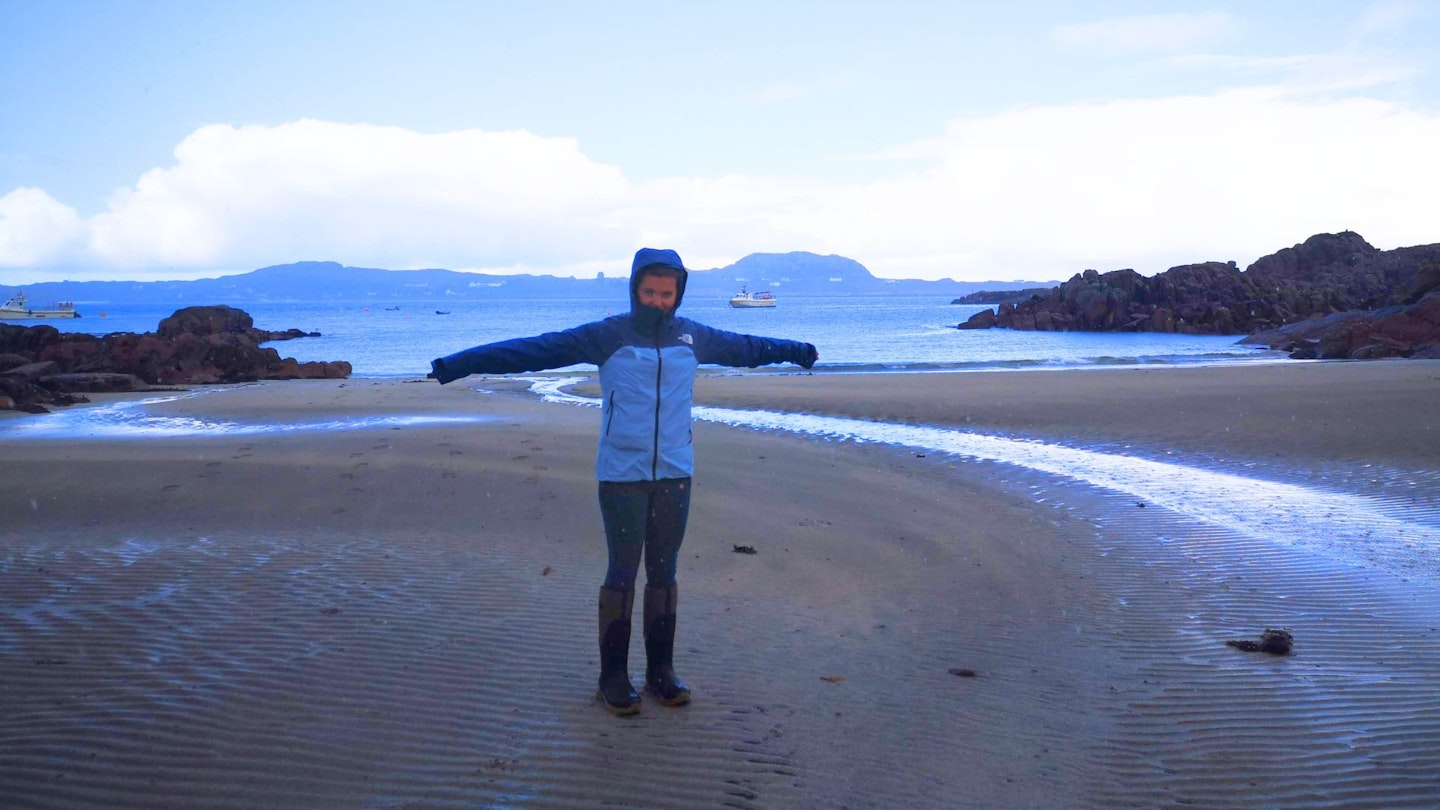
At £360, this is not a cheap jacket. In fact, it’s a bit of an investment, and priced similarly to other more durable winter jackets: what you’re paying for here is the phenomenal performance squished down into a package that weighs less than 300g and only takes up slightly more space than your average grapefruit.

But for all the hand-waving about price, it does come up £110 cheaper than the Arc'teryx Beta Lightweight Jacket from Arc’teryx, and weighs 45g less, so we’d say that turns the Frontier into a relative bargain.
Verdict

Overall, we’d say that if you’re a walker who tends to avoid the deepest, darkest winter seasons, and doesn’t have any desire to go outside in deliberately shocking conditions, this is a great all-round investment. It’s tough enough for the shoulder seasons and of course for summer downpours, but when it’s not needed, fits easily within a small daypack, and won’t weigh you down.
How we tested
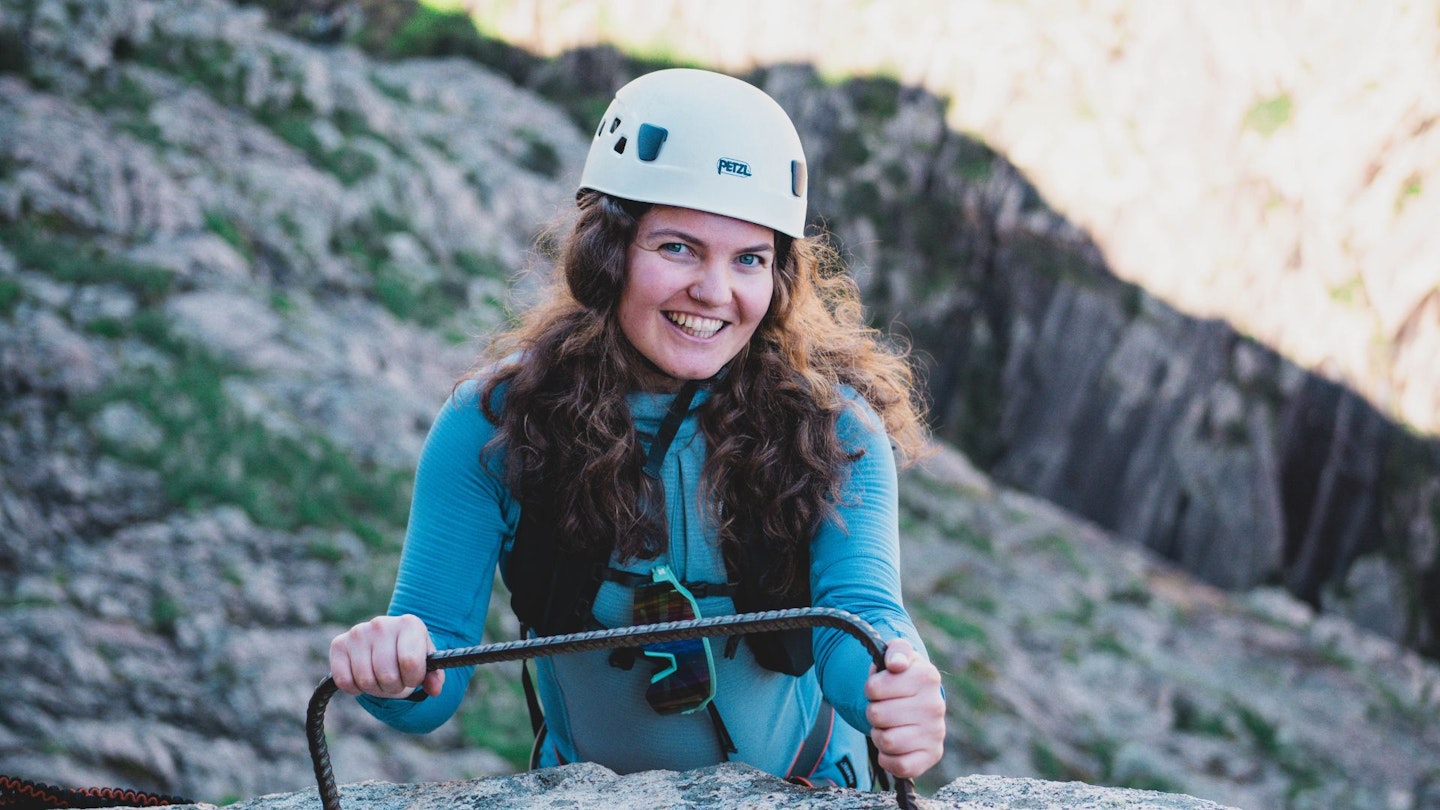
This jacket was tested by Fliss Freeborn, a staff writer for LFTO. Fliss has lived for the outdoors her entire life, and is an experienced tester of dozens of waterproof jackets in all sorts of conditions. She tested this jacket over the course of two months in Scotland, taking it to the Isle of Mull for a good old soaking, in addition to wearing it in Corsica in light rain showers, and up other hills in blustery, unpredictable weather.
